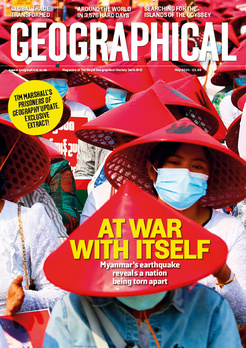
For more than 40 years Canadian photographer Edward Burtynsky has been documenting our impact on the natural world
Over a career spanning 40 years, Canadian photographer Edward Burtynsky has born witness to the impact of humans on the planet. He portrays Earth’s landscapes as they are found today: nature transformed by industry.
‘These images are meant as metaphors to the dilemma of our modern existence; they search for a dialogue between attraction and repulsion, seduction and fear,’ writes Burtynsky. ‘We are drawn by desire – a chance at good living, yet we are consciously or unconsciously aware that the world is suffering for our success. Our dependence on nature to provide the materials for our consumption and our concern for the health of our planet sets us into an uneasy contradiction. For me, these images function as reflecting pools of our times.’
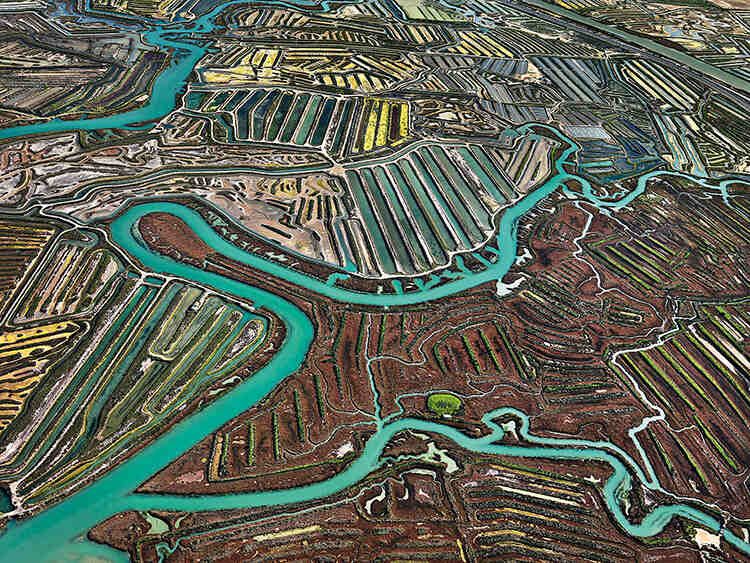
People have been extracting salt from natural springs in Cadiz for almost 3,000 years – ever since the Phoenicians came to the area
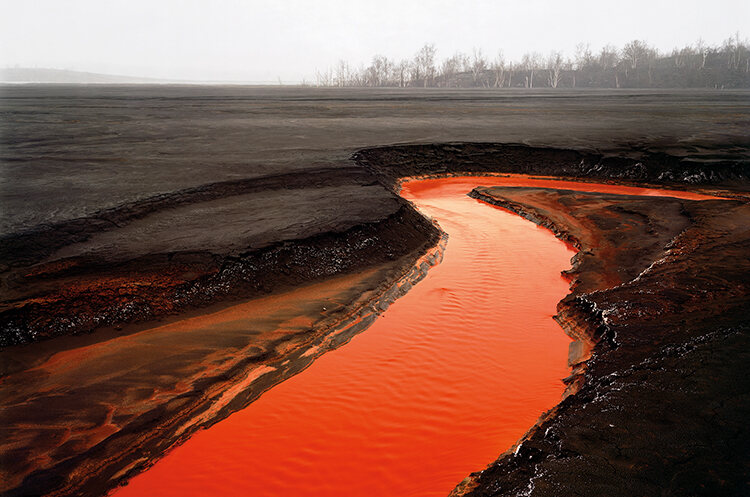

Glaciers are an iconic symbol of western Canada, but it has been predicted that they will have completely disappeared by 2100

Türkiye’s Lake Tuz is one of the most saline lakes in the world. In summer, evaporation results in the formation of a salt layer that’s about 30 centimetres thick
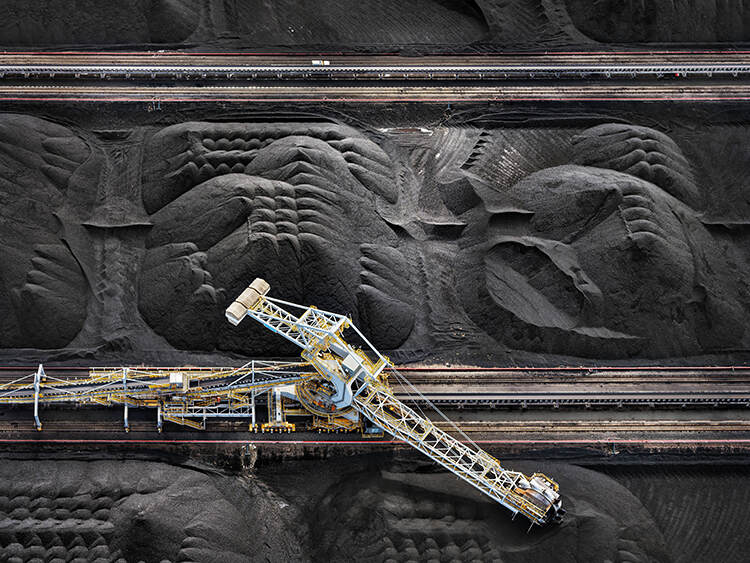
The world’s largest coal port dominates the shores of Newcastle, north of Sydney
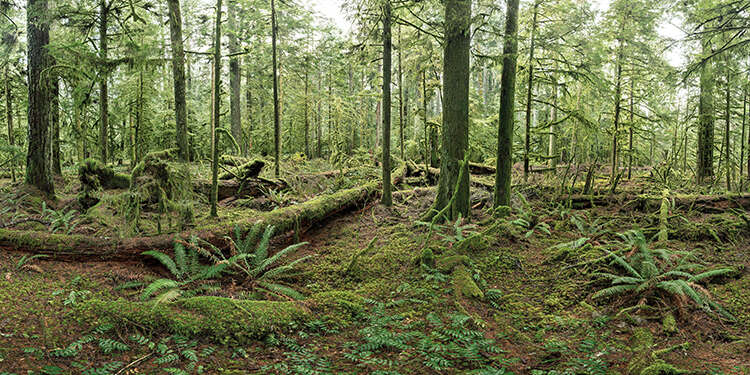

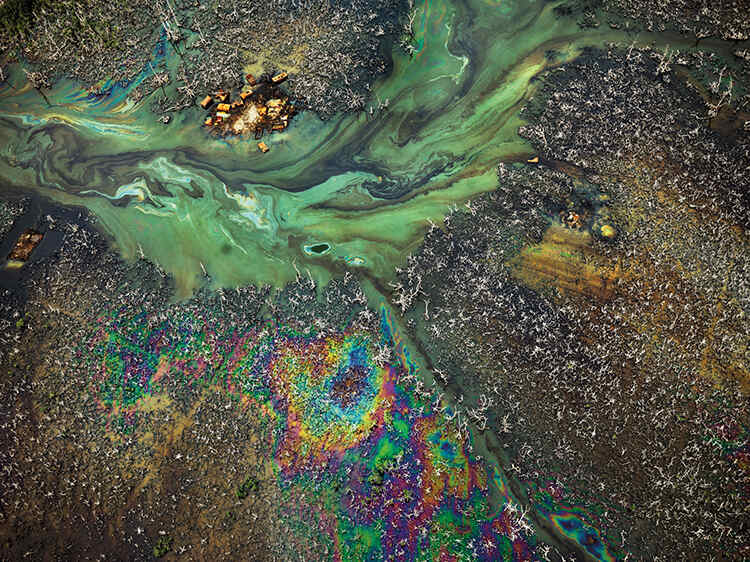
In oil-rich Nigeria, some poor communities resort to pirating crude oil from pipelines through ‘bunkering’. Once extracted, the oil is processed at makeshift refineries into low-grade fuel. These systems – and the broken pipelines that feed them – leak large volumes of crude oil and toxic by-products into the surrounding waterways
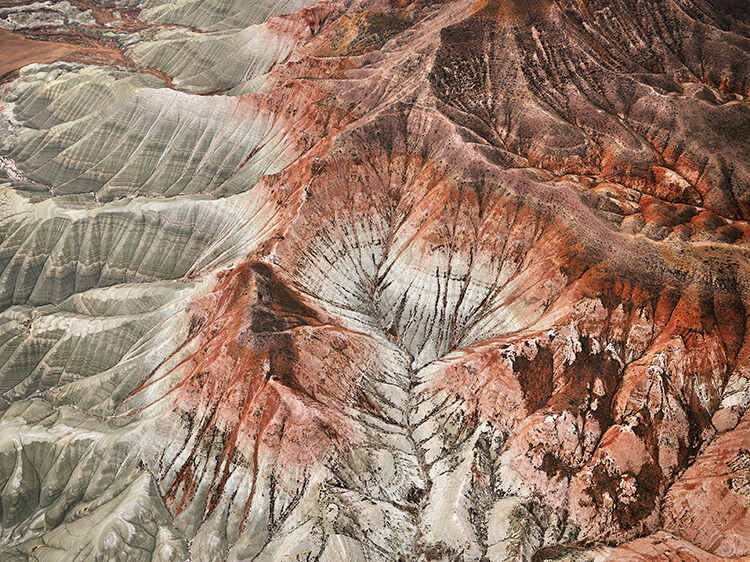
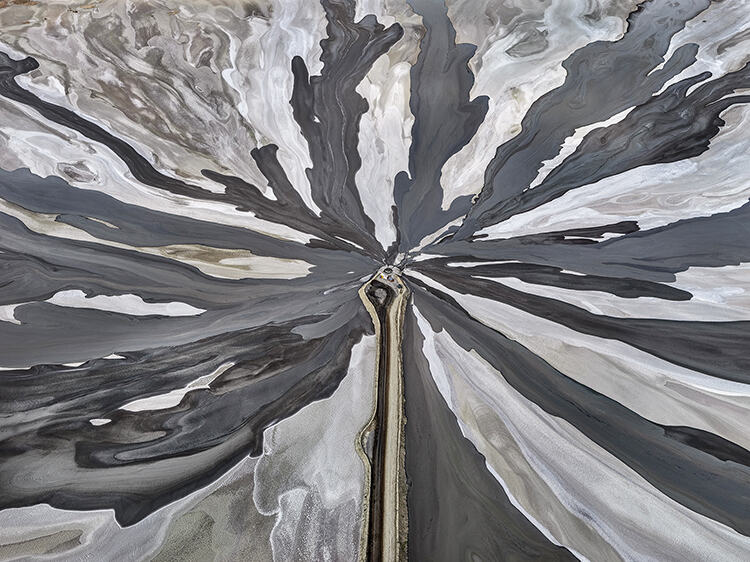
These images will be on display as part of BURTYNSKY: Extraction/Abstraction, a major retrospective exhibition at the Saatchi Gallery, open until 6 May 2024. This will be followed by a solo show at Flowers Gallery, Edward Burtynsky: New Works.
Profile of Edward Burtynsky: Capturing the scars of a changing planet

Edward Burtynsky (born 1955, St Catharines, Ontario) is a Canadian photographer renowned for his large-format landscapes depicting the vast scale and environmental impact of industrialisation around the world.
Early fascination with industry
Burtynsky’s artistic journey began close to home. Growing up near a General Motors plant instilled in him a fascination with the interplay between nature and industry. This childhood experience would later become a defining theme in his work.
From commercial to global impact
After receiving his degree in Photographic Arts from Ryerson University in 1982, Burtynsky honed his skills in commercial photography. However, his artistic calling took hold with his signature series, Breaking Ground: Mines, Railcuts and Homesteads (1983-1985). This series explored the human impact on the Canadian landscape, foreshadowing his lifelong exploration of industrial scars on a global scale.
Technical mastery and awe-Inspiring detail
Burtynsky’s work is characterised by meticulous planning and technical mastery. He utilises large-format cameras to capture breathtaking detail, transforming industrial sites into awe-inspiring, yet unsettling, landscapes.
- His series, Oil (1997-2005), showcases sprawling oil fields and refineries, offering a glimpse into the vastness of our dependence on fossil fuels.
- Quarries (1989-2007) delves into the destructive beauty of open-pit mines, highlighting the environmental cost of resource extraction.
- His aerial photographs, featured in series like Salt Mines (2006-2011) and Shipbreaking (2001-2014), provide a dizzying perspective on the sheer scale of human intervention in the natural world.
Beyond aesthetics: a call for sustainability
Beyond aesthetics, Burtynsky’s work raises critical questions about environmental sustainability and the future of our planet. He doesn’t shy away from portraying the devastating consequences of resource extraction and industrial development. However, his photographs also possess a certain allure, prompting viewers to question their relationship with the industrial world and its impact on the environment.
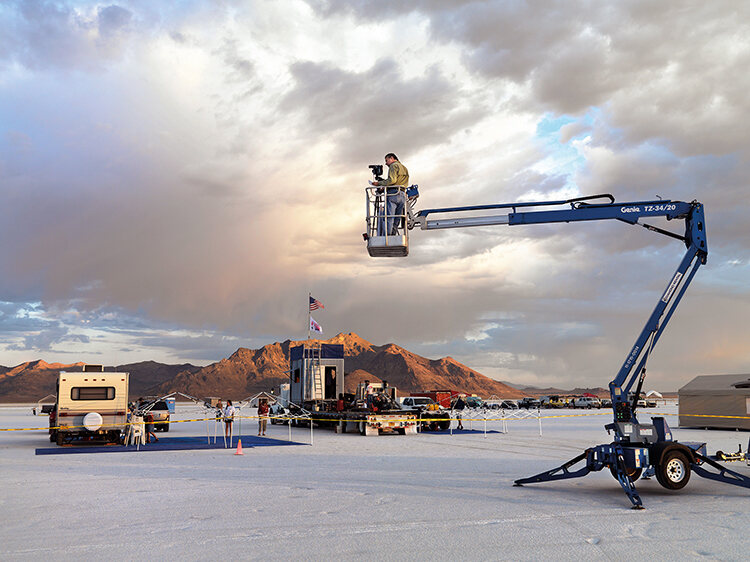
Recognition and continued exploration
Burtynsky’s artistic achievements have been widely recognised. He is the recipient of numerous awards, including the prestigious TED Prize (2005) and the Governor General’s Award in Visual and Media Arts (2016). His photographs are featured in prestigious collections worldwide, and have been exhibited internationally.
In addition to photography, Burtynsky has co-directed a series of documentaries – Manufactured Landscapes (2006), Watermark (2013), and ANTHROPOCENE: The Human Epoch (2018), In the Wake of Progress (2021) – further exploring the themes present in his photography.
Edward Burtynsky’s work serves as a powerful visual document of our industrial age, prompting us to confront the environmental consequences of our actions and consider a more sustainable future.

